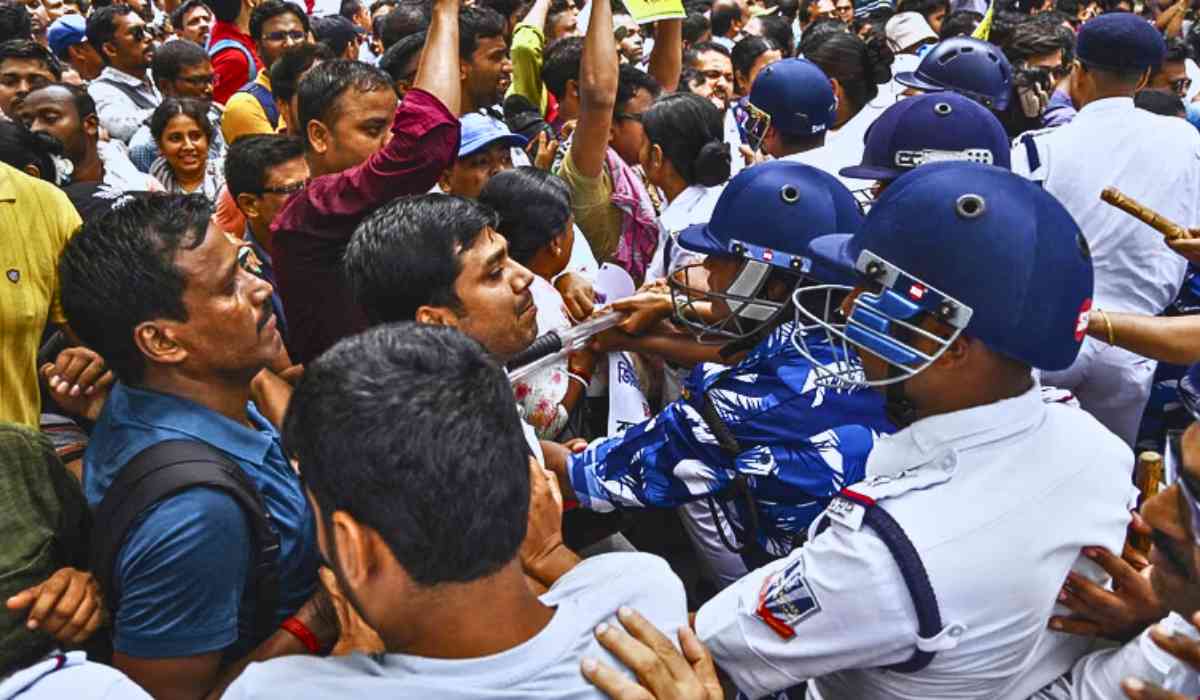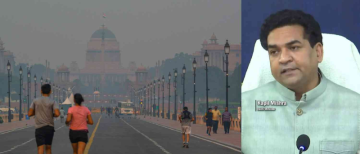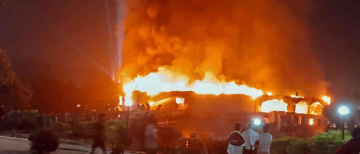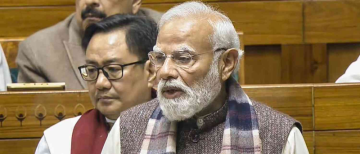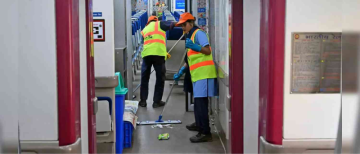Violence erupted in West Bengal’s Maheshtala area, near Kolkata, on Wednesday, leaving several police officers injured and multiple vehicles damaged. The incident, which has drawn national attention, highlights ongoing challenges in maintaining peace and order in regions with deep-rooted local disputes.
What Happened?
The trouble began in the Rabindranagar-Akra area of South 24 Parganas district. According to reports, a crowd gathered near the local police station and quickly turned violent. The mob pelted stones at law enforcement officers, leaving at least five police personnel, including Deputy Commissioner (Port) Harikrishna Pai and a woman constable, injured. In the chaos, two government vehicles were damaged, and a motorcycle was set on fire right outside the police station.

Police tried to control the situation using lathicharge (baton charge) and tear gas, but the crowd regrouped and clashed again with reinforcements from Kolkata Police and the Rapid Action Force (RAF). The violence spread, with bricks being hurled from rooftops and tyres set ablaze on the roads.
What Triggered the Violence?
The immediate cause of the unrest was a local dispute over land ownership. Locals say tensions began when a “tulsi mancha” (a sacred basil platform) was hastily built at a spot where a shop owned by a minority community member previously stood. The shopkeeper was away for Eid when the structure appeared. Some claimed the shop was illegally built on temple land, while others accused the opposite group of encroachment. Before authorities could intervene, protests escalated into mob violence.
The Aftermath
Authorities responded by deploying additional police and security forces to the area. Senior officers led efforts to restore order, and patrols were increased. So far, at least twelve people have been arrested in connection with the violence, and police say more arrests may follow as investigations continue.
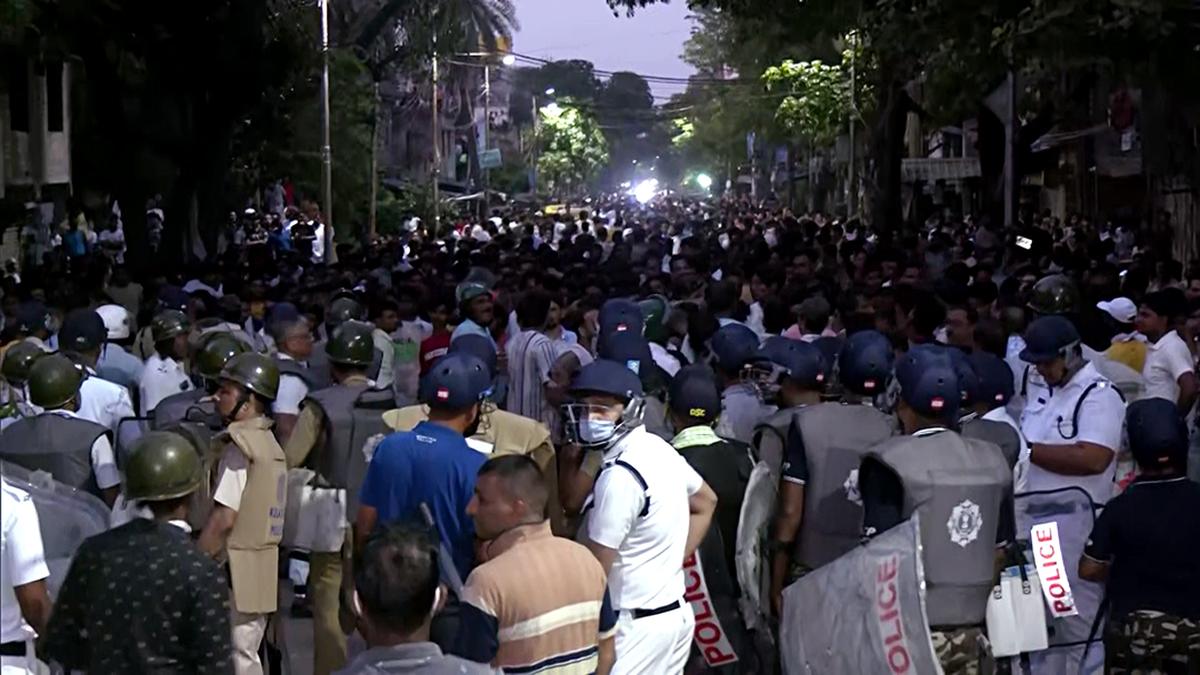
The injured officers are reportedly in stable condition, and preventive measures have been imposed in the affected areas to prevent further unrest.
Political Reactions
The incident quickly became a political flashpoint. The opposition Bharatiya Janata Party (BJP) accused the ruling Trinamool Congress (TMC) of failing to maintain law and order. Leader of Opposition Suvendu Adhikari called for central forces to be deployed and announced plans to seek intervention from the Calcutta High Court. He alleged that Hindu families and shopkeepers were targeted and criticized the police for not acting swiftly enough.
On the other hand, TMC leaders dismissed these claims, urging people not to give the incident a communal color. They insisted that the violence was the result of a local land dispute and praised the police for their quick response in containing the situation.

Incidents like this are not new to Bengal or other parts of India. The police force, often under-resourced and outnumbered in such situations, faces immense challenges in balancing law enforcement with community relations. According to studies on Indian policing, the force has evolved over time but still struggles with issues of efficiency and public trust, especially during communal or property disputes.
When local disputes escalate into violence, it puts a spotlight on deeper social tensions—be they religious, economic, or political. The role of the police is crucial not just in restoring order but also in building confidence among citizens that their grievances will be addressed fairly and peacefully.
Why Does This Matter?
Such clashes disrupt daily life, damage public property, and erode trust in institutions meant to protect citizens. They can also spark political and communal tensions that make it harder to resolve the original issues. The events in Maheshtala serve as a reminder of the importance of early intervention, dialogue, and community engagement in preventing violence.
Looking Forward
While security has been tightened and investigations are ongoing, the real challenge lies in addressing the root causes of such disputes. Local authorities, community leaders, and political parties must work together to promote dialogue and prevent similar incidents in the future. For the police, ongoing training and resources are essential to handle such situations with restraint and professionalism.
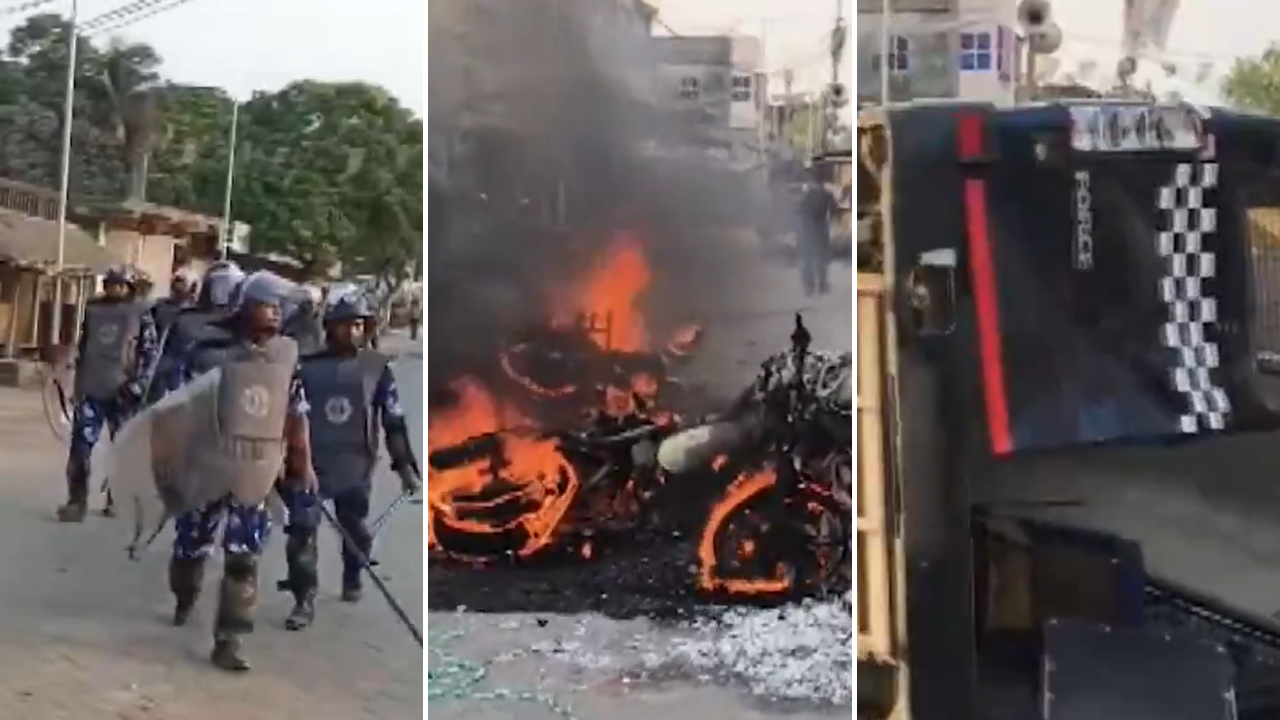
In the end, peace and order are not just the responsibility of the police or the government—they require cooperation from every member of the community. Only through understanding, patience, and respect for the law can such tragic incidents be avoided in the future.
With inputs from agencies
Image Source: Multiple agencies
© Copyright 2025. All Rights Reserved Powered by Vygr Media.

